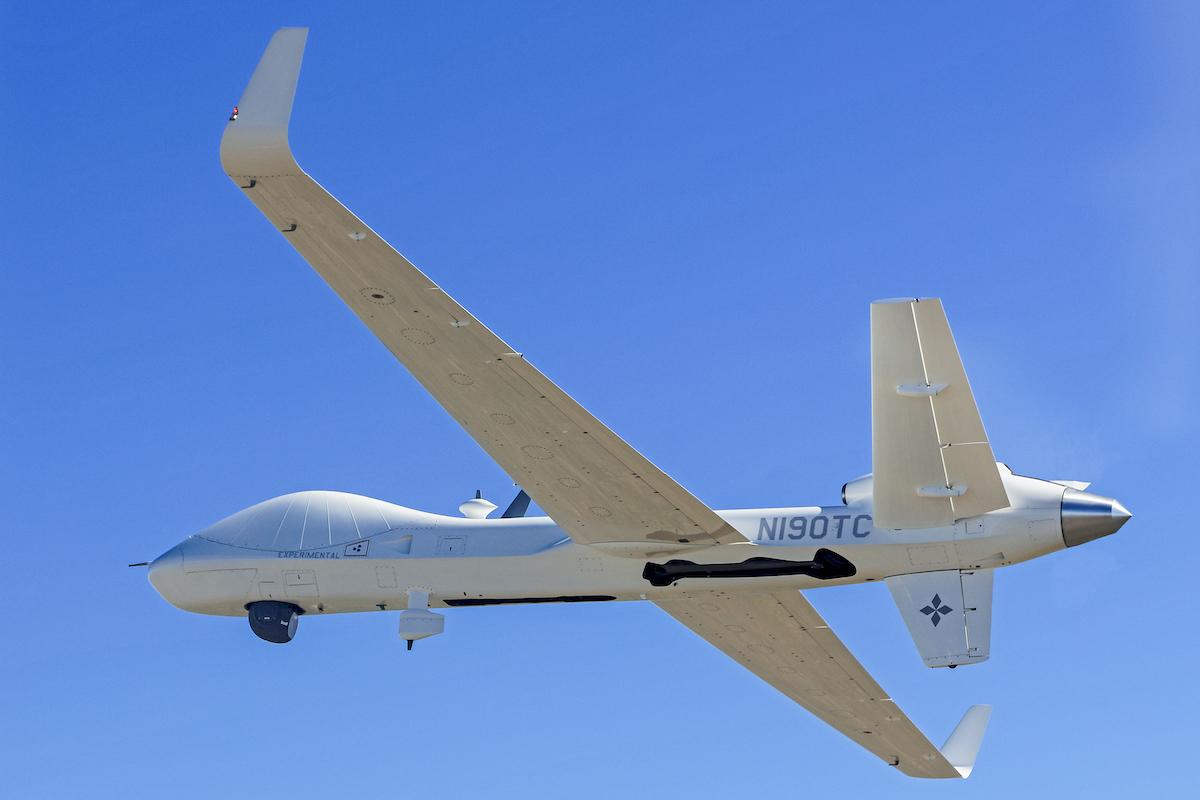
A top executive at General Atomics Aeronautical Systems Inc. (GA-ASI) on Feb. 1 released a rare public complaint about the lack of U.S. government support to send medium-altitude uncrewed air systems (UAS) to Ukraine.
After recently offering to sell two company-owned Predator B training aircraft to Ukraine for $1, GA-ASI CEO Linden Blue is clearly frustrated with the lack of mandatory U.S. government approval to export the highly controlled weapon system.
“We have discussed the situation endlessly at every level of the U.S. federal government, and with many international partners,” Blue said. “From our perspective, it is long past time to enable Ukrainian forces with the information dominance required to win this war.”
Blue released the statement hours after the Wall Street Journal reported that GA-ASI had delivered the $1 quote to the Ukrainian embassy for the two Predator Bs, which are branded as MQ-9 Reapers in military service.
GA-ASI has been offering its portfolio of UAS, including MQ-1C Gray Eagles, to the Ukrainian government since last April, but has not yet secured authorization to export such aircraft.
“There are limits to what an American defense company can do to support a situation such as this,” Blue said.
Since the U.S. and Germany have recently approved the supply of main battle tanks to Ukraine, officials in Kyiv have said their top priorities for Western-supplied weapon systems are fighters and long-range missiles. Their calls for receiving large UAS have faded, since many of their homegrown and Western-supplied small and medium-sized UAS have suffered significant losses in the heavily contested airspace over Ukraine.
The 50,000 ft. operating ceiling of the MQ-9 allows onboard sensors a 238-nm view to the horizon. Similarly, the MQ-1C has a 169-nm view to the horizon at a maximum operating height of 25,000 ft. Such a coverage area makes them useful for spotting emitting targets and relaying that information to airborne or ground-based weapon systems.
But the limited range of the weapons both aircraft can carry makes them vulnerable for hunter-killer missions in highly contested airspace.
In any case, the U.S. government has been reluctant to export large UAS beyond NATO members and five other countries—Australia, Israel, Japan, New Zealand and South Korea. The MQ-1C and MQ-9 qualify as Category 1 UAS under the terms of the Missile Technology Control Regime, which carries a “strong presumption of denial” for export among treaty signers.





